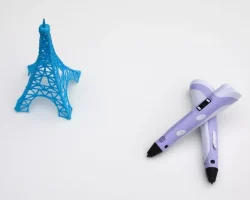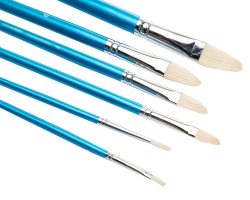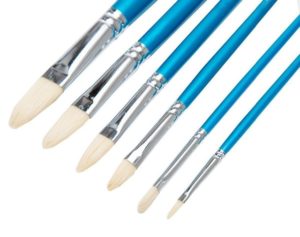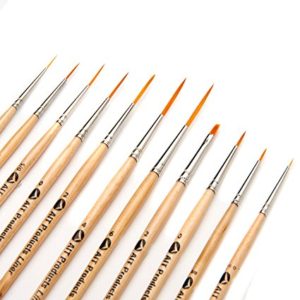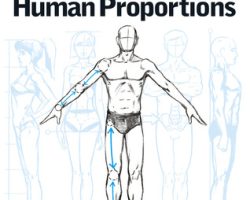
How To Make The Most Of Wish Student Discounts
Wish is a popular online shopping platform that offers significant discounts on a wide range of products. As a result, it’s a great place for students to find affordable items for their home, wardrobe and more.
If you’re a student, you can sign up for a free account with Student Beans to get access to exclusive Wish student discounts. Simply register with your university email address and you’ll be able to browse the latest deals and discounts on Wish.
Here are some tips on how to make the most out of Wish student discounts:
Plan your purchases in advance
With Wish student discounts, you can save a lot of money on your online shopping. However, it’s important to plan your purchases in advance in order to get the best deals.
Take some time to browse the Wish website and make a list of the items you’d like to buy. Then, keep an eye out for sales and discounts on these items.
Compare prices
When you find an item you’d like to buy, it’s important to compare prices before you make a purchase.
There are a few different ways to do this. First, you can use a price comparison website like PriceSpy or Idealo.
You can also use the Wish app to compare prices. Simply add the items you’re interested in to your “Wishlist†and the app will show you the lowest prices.
Check the returns policy
Before you buy anything on Wish, it’s important to check the returns policy. Wish has a 14-day returns policy, but some sellers have different policies.
To be on the safe side, always check the returns policy before you make a purchase. This way, you can be sure that you can return the item if you’re not happy with it.
Use a Wish promo code
If you want to save even more money on your Wish purchases, you can use a promo code. Promo codes are codes that you can enter at checkout to get a discount on your order.
There are a few different ways to find Wish promo codes. First, you can check the Wish website for current promo codes.
You can also find promo codes for Wish on third-party websites. Just do a quick Google search for “Wish promo codes†and you’ll find a list of websites that offer codes.
Refer a friend
If you have friends who are also interested in Wish, you can refer them to the site and earn credits. For every friend who signs up using your referral code, you’ll earn $10 in credits.
You can use these credits to get discounts on your own Wish purchases. To refer a friend, simply go to the “Referral†section of the Wish app and share your referral code with your friends.

